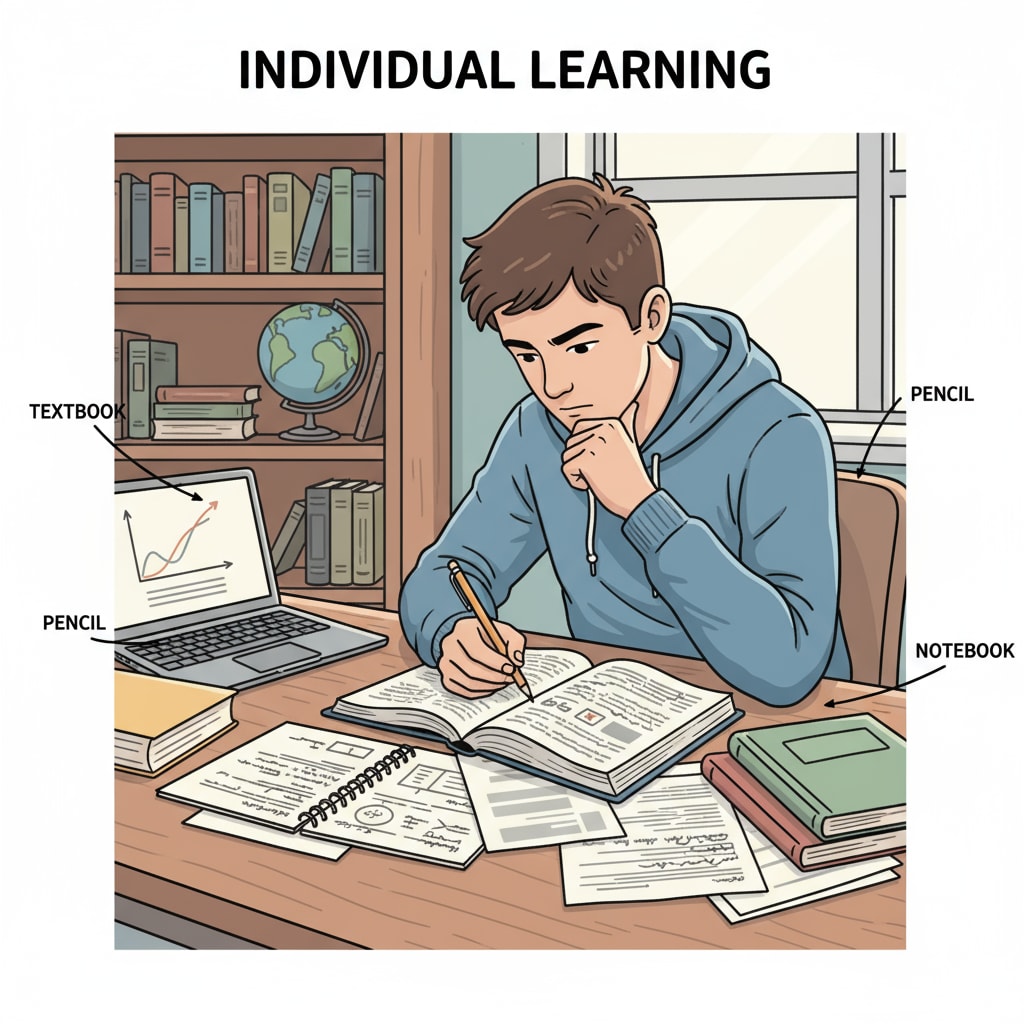In the realm of education, the age-old debate of group learning versus individual learning and their impact on learning outcomes continues to captivate educators and students alike. Understanding the nuances of these two approaches is crucial for K12 students to maximize their learning potential. Let’s take a closer look at the advantages and disadvantages of each method.

The Power of Group Learning
Group learning offers several benefits. Firstly, it promotes collaboration. Students can exchange ideas, share perspectives, and learn from each other’s strengths. For example, in a science project, one student might be good at research, another at data analysis, and together they can produce a comprehensive report. According to TeachThought, group work enhances problem-solving skills as students brainstorm solutions together. Secondly, group learning helps build communication skills. Students have to express their thoughts clearly and listen actively to their peers. This interaction fosters better understanding and the ability to convey complex ideas.
The Solitude of Individual Learning
On the other hand, individual learning has its own merits. It allows students to work at their own pace. Some students may grasp concepts quickly and can move ahead, while those who need more time can focus on difficult areas without being rushed. For instance, when studying math, a student can spend as much time as needed on a particular theorem. As stated by Verywell Mind, individual learning also helps in developing self-discipline and independence. Students are responsible for managing their time and setting their own study goals.

However, group learning also has its drawbacks. There may be instances of free-riding, where some students rely on others to do the work. Additionally, group dynamics can sometimes lead to conflicts, which may disrupt the learning process. In contrast, individual learning can be isolating, and students may miss out on the diverse viewpoints that group discussions offer.
In conclusion, both group learning and individual learning have their unique contributions to learning outcomes. Educators should strive to strike a balance between the two. By incorporating a mix of group projects and individual study time, K12 students can enjoy the best of both worlds, enhancing their learning experience and achieving better educational results.
Readability guidance: This article uses short paragraphs and lists to summarize key points. Each H2 section provides a list of relevant ideas. The proportion of passive voice and long sentences is controlled, and transition words are scattered throughout the text for better flow.


